The Nothing Phone (2a) Plus has been announced. Here's how the (2a) Plus compares to the regular (2a) in terms of specs, features, pricing, and availability.

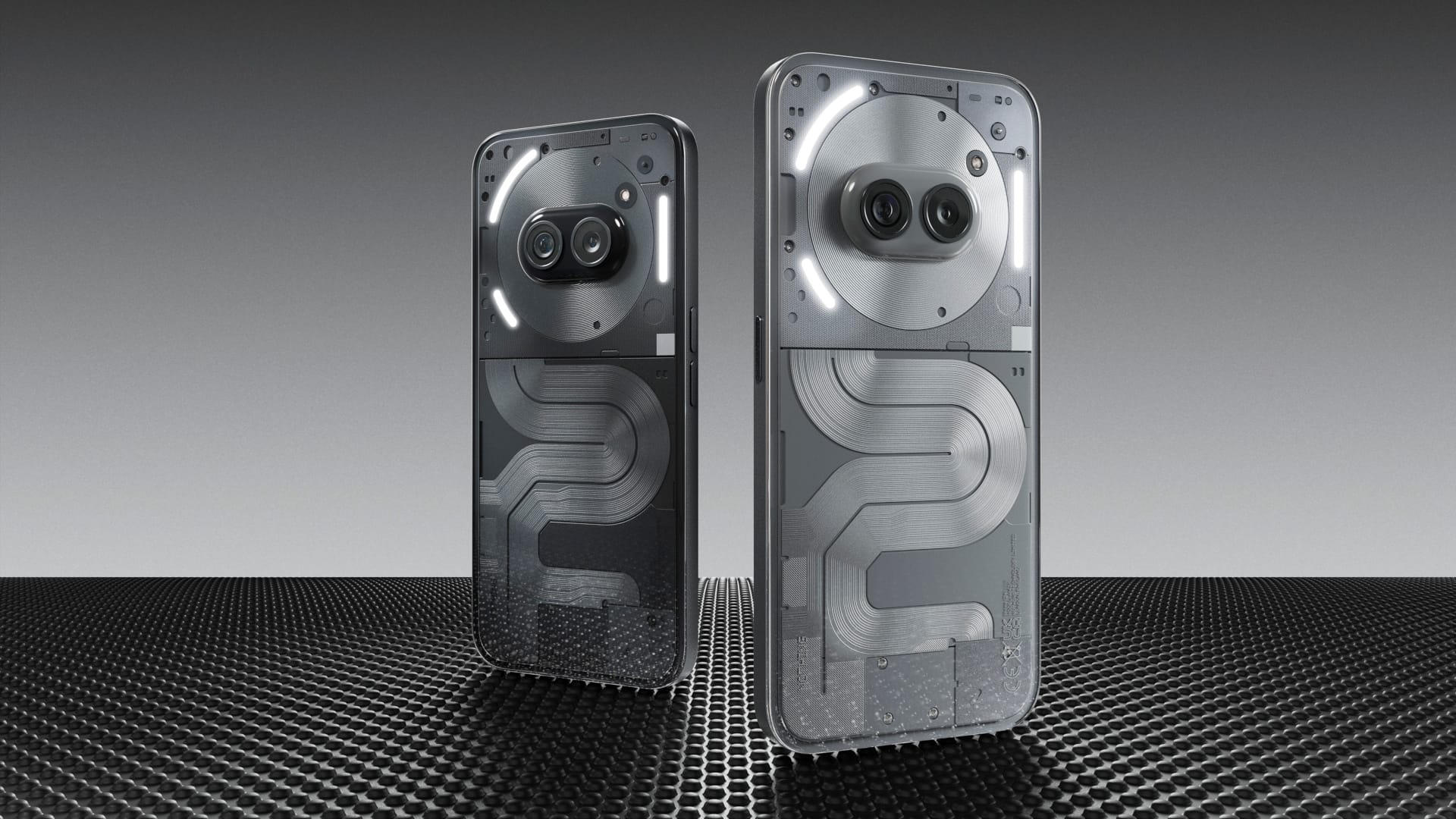
Nothing, the tech brand known for its quirky name and product designs, is back with another entry in its smartphone lineup: the Nothing Phone (2a) Plus. The (2a) Plus follows in the footsteps of the regular (2a) which launched in March, bringing the company's signature transparent back design and Glyph lighting system to the lower end of the mid-range market. Here's what's new in the Nothing Phone (2a) Plus and how it compares to the regular Phone (2a).
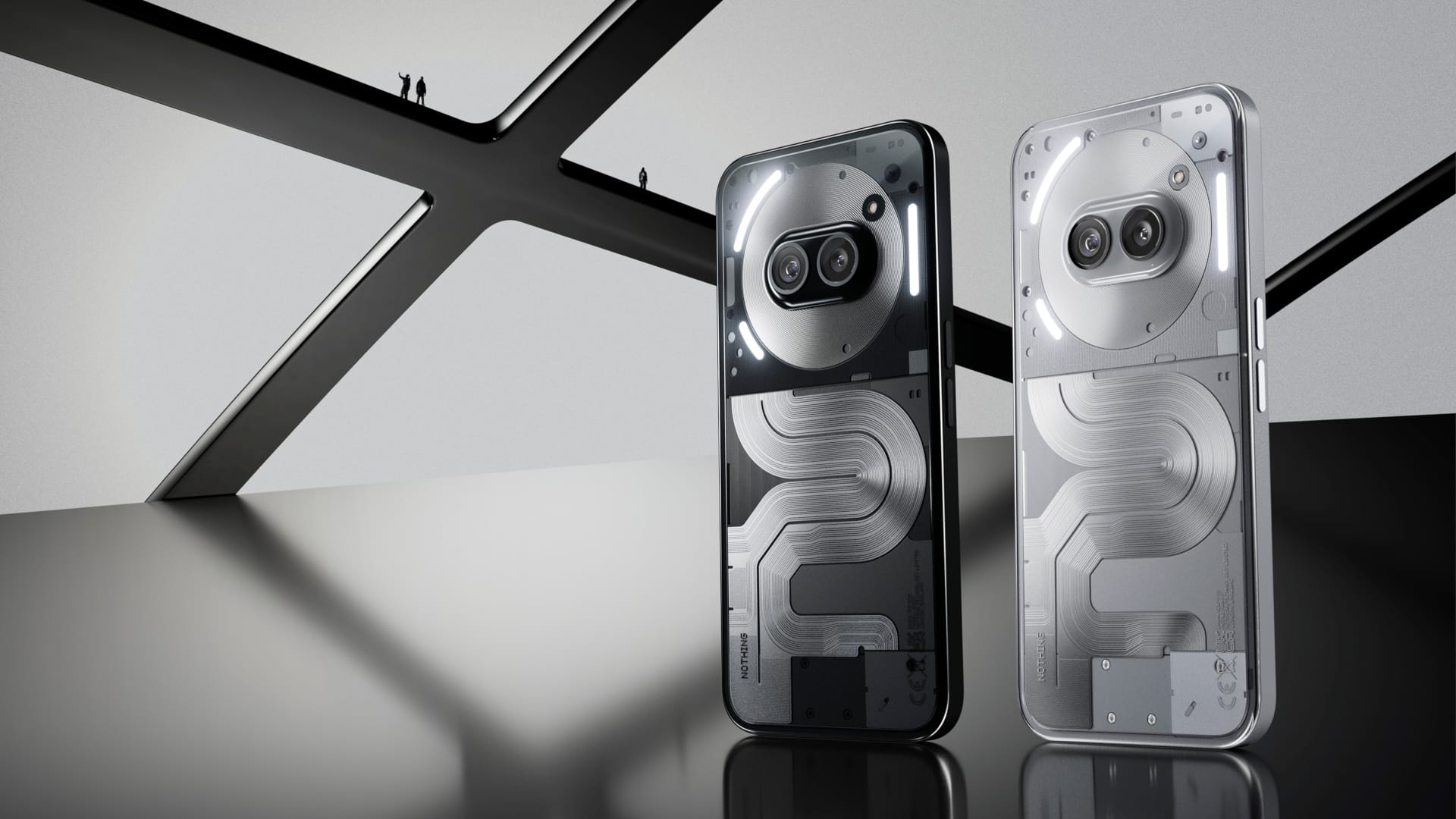
The Nothing Phone (2a) Plus retains the company's signature transparent cover, allowing you to see some of the ribbon cables and, more importantly, the Glyph lights shine through. The company aimed to create an "anthropomorphic appearance" by placing the two rear cameras inside the NFC coil so they look like "two eyes sitting in front of a brain-like hub of intelligence and communication."
The Phone (2a) Plus has a metallic finish that the company believes is "reminiscent of technical machinery." The available colorways include Black, just like the Phone (2a), but also a new Gray variant. A "Special Edition" of the regular Phone (2a) was released in late May that had bits of red, yellow, and blue, but no such variant has been announced yet for the Phone (2a) Plus.
The rest of the design is the same as the regular Phone (2a). The Phone (2a) Plus has the exact same display as the Phone (2a), a 6.7-inch 2412 x 1084 resolution AMOLED panel with 30-120Hz adaptive refresh rate support, 240Hz touch sample rate, 1300 nits peak brightness, and a layer of Corning's Gorilla Glass 5 for protection. The overall dimensions are also nearly identical between the two as is the IP rating (IP54) and battery capacity (5000mAh). However, there are some key differences in the processor and camera departments.
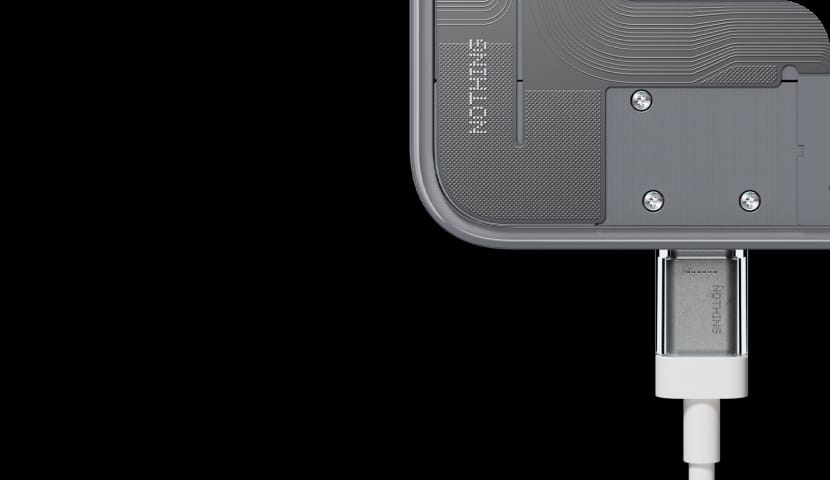
The Nothing Phone (2a) Plus uses MediaTek's Dimensity 7350 Pro system-on-chip, which is fabricated using TSMC's 4nm Gen 2 technology. It's unclear what the difference is between the non-Pro and Pro Dimensity 7350, which Nothing says is a "world exclusive" to them. Both chipsets have the same CPU and GPU designs, but it's possible that the Pro features higher clock speeds for some cores.
According to the information that Nothing shared with us, the Dimensity 7350 Pro chip in the Phone (2a) Plus boasts an octa-core CPU with two ARM Cortex-A715 performance cores clocked at up to 3.0GHz and six ARM Cortex-A510 efficiency cores clocked at up to 2.0GHz. This, Nothing says, translates to a nearly 10% speed improvement over the regular Phone (2a), which packed the Dimensity 7200 Pro.
The GPU in the Nothing Phone (2a) Plus is the ARM Mali-G610 MC4 clocked at up to 1.3 GHz, which the company says offers a 30% improvement in gaming performance over the GPU in the Phone (2a). On the software side, Nothing says its HyperEngine 5.0 technology helps optimize both gaming performance and battery life.
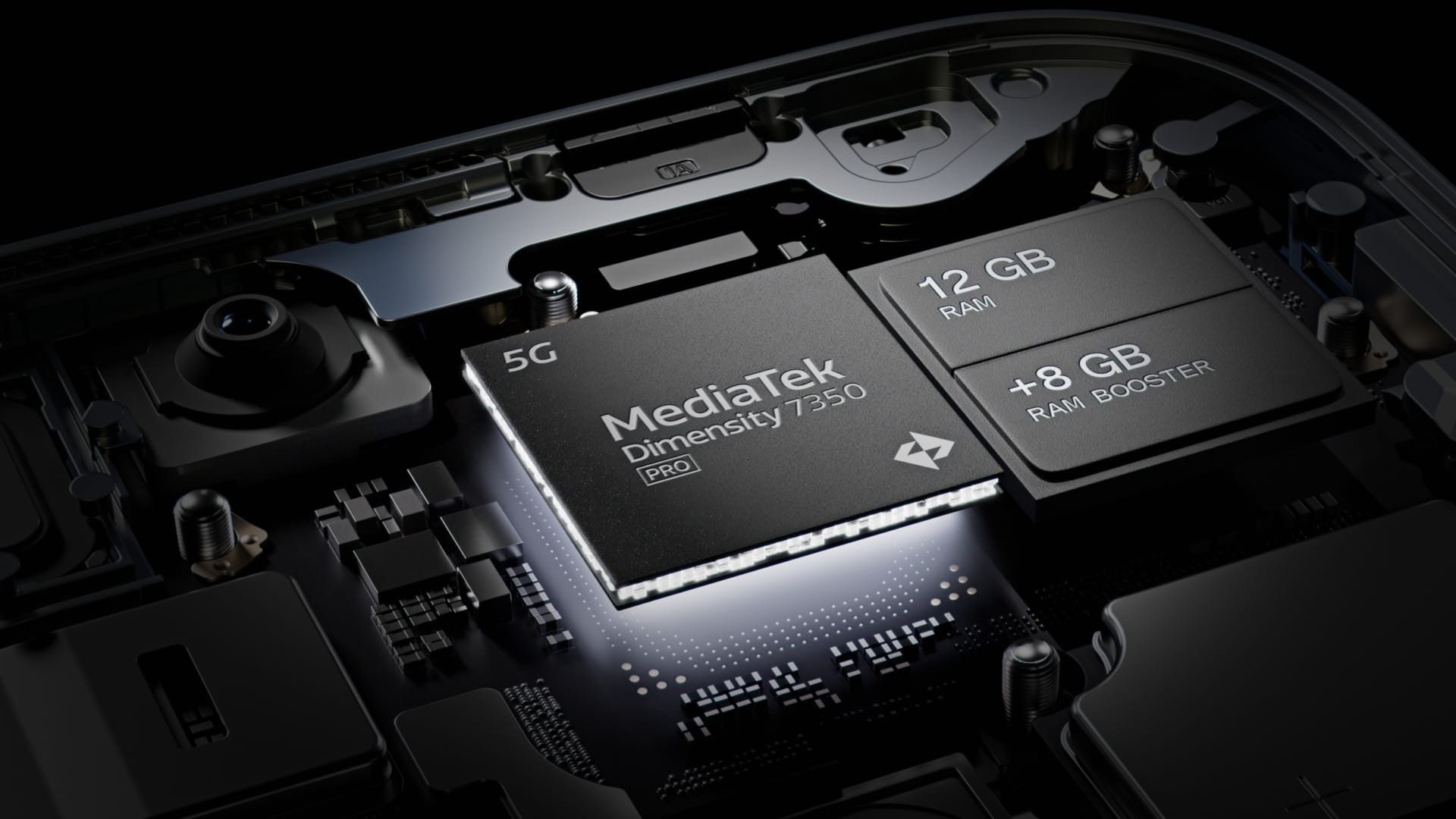
The Nothing Phone (2a) Plus includes 12GB of RAM and 256GB of internal storage. Some of that storage can be utilized as virtual memory through a feature called RAM Booster, allowing for more background applications to be cached.
Lastly, the charging has seen a minor upgrade: The Phone (2a) Plus now tops up at 50W wired charging speeds, up from 45W in the Phone (2a).
Although the rear cameras are the same in the Nothing Phone (2a) Plus and its predecessor, the front camera has been changed. The front-facing camera now uses a 50MP Samsung JN1 sensor with an f/2.2 aperture and 81.2° FoV. In contrast, the Phone (2a) used a 32MP Sony IMX615 image sensor.
The main camera still uses the 50MP Samsung GN9 image sensor with a wide f/1.88 aperture, OIS support, and 84.5° FoV. Meanwhile, the ultra wide-angle camera uses the same 50MP Samsung JN1 image sensor with an f/2.2 aperture and 114° FoV lens. Although the image sensors are the same, the ISPs are not, plus Nothing has issued seven software updates that tune their camera software since the Phone (2a)'s launch in March.
All three image sensors support direct 50MP photo output, HDR photo capture, and 4K30 video recording. The company says its TrueLens Engine with "AI Vivid Mode" products "life-like photos, bursting with colour and detail." Furthermore, the company's "Ultra XDR" feature, which they say was co-developed with Google, "enhances lighting in challenging conditions by adjusting pixel brightness up to 5 times." It's worth noting that images are captured and stored as Ultra HDR JPEGs, the file format that Google introduced in Android 14, allowing them to be viewed on both SDR or HDR displays.
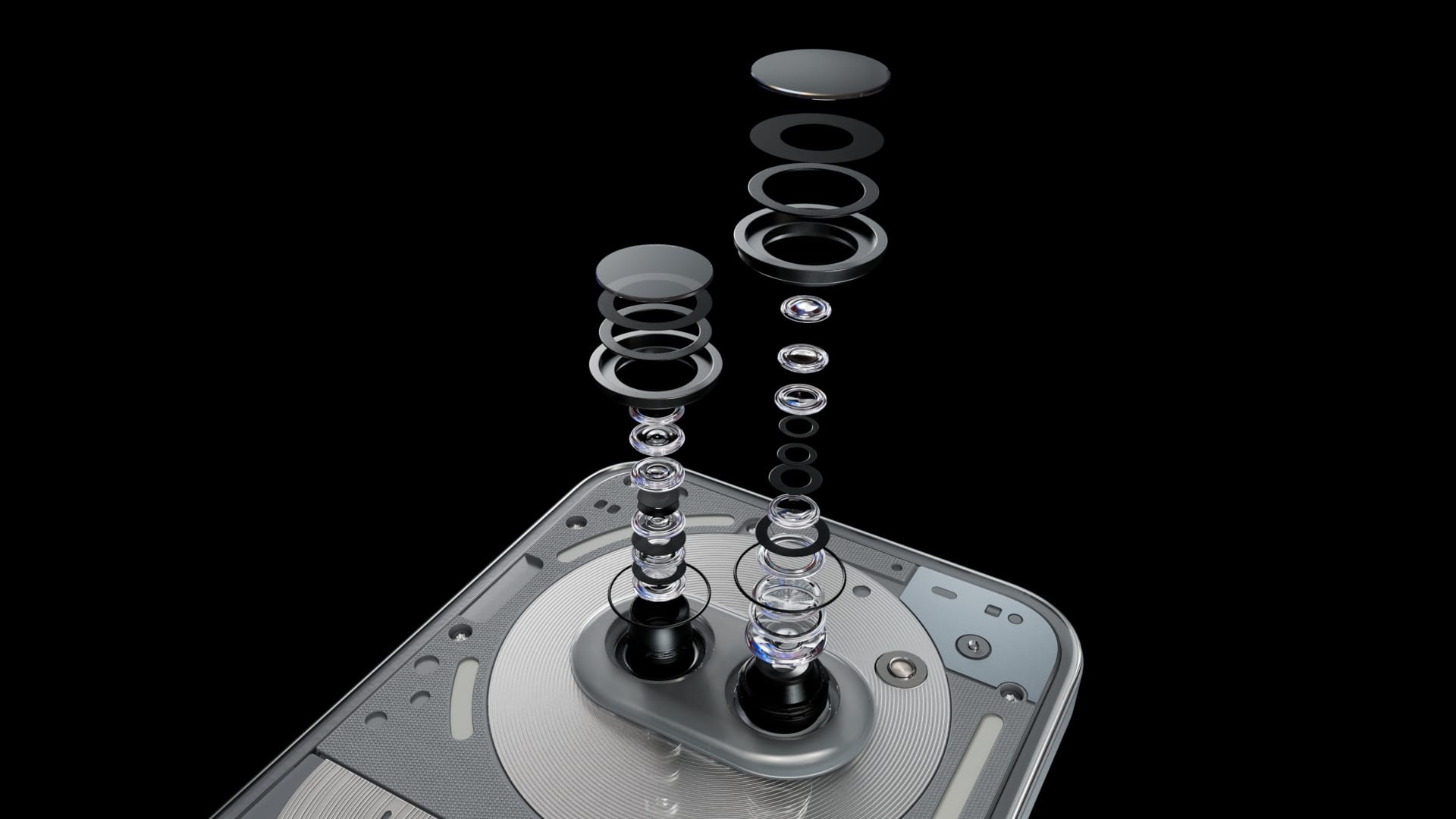
Other camera features include Motion Capture for taking action shots without blur, Night Mode for low-light photography, and "AI Portrait Optimiser" for taking group shots.
The Nothing Phone (2a) Plus ships with Nothing OS 2.6 based on Android 14. Nothing OS is generally a pretty clean and bloatware-free variant of Android, with lots of little customization features sprinkled throughout. With the Phone (2a) Plus, Nothing is introducing a new News Reporter Widget that supposedly leverages AI to aggregate daily news in a "simple and intuitive" format that's read aloud using Nothing CFO Tim Holbrow's voice. This widget will be available for all Nothing smartphones through an update to the Nothing Widgets app.
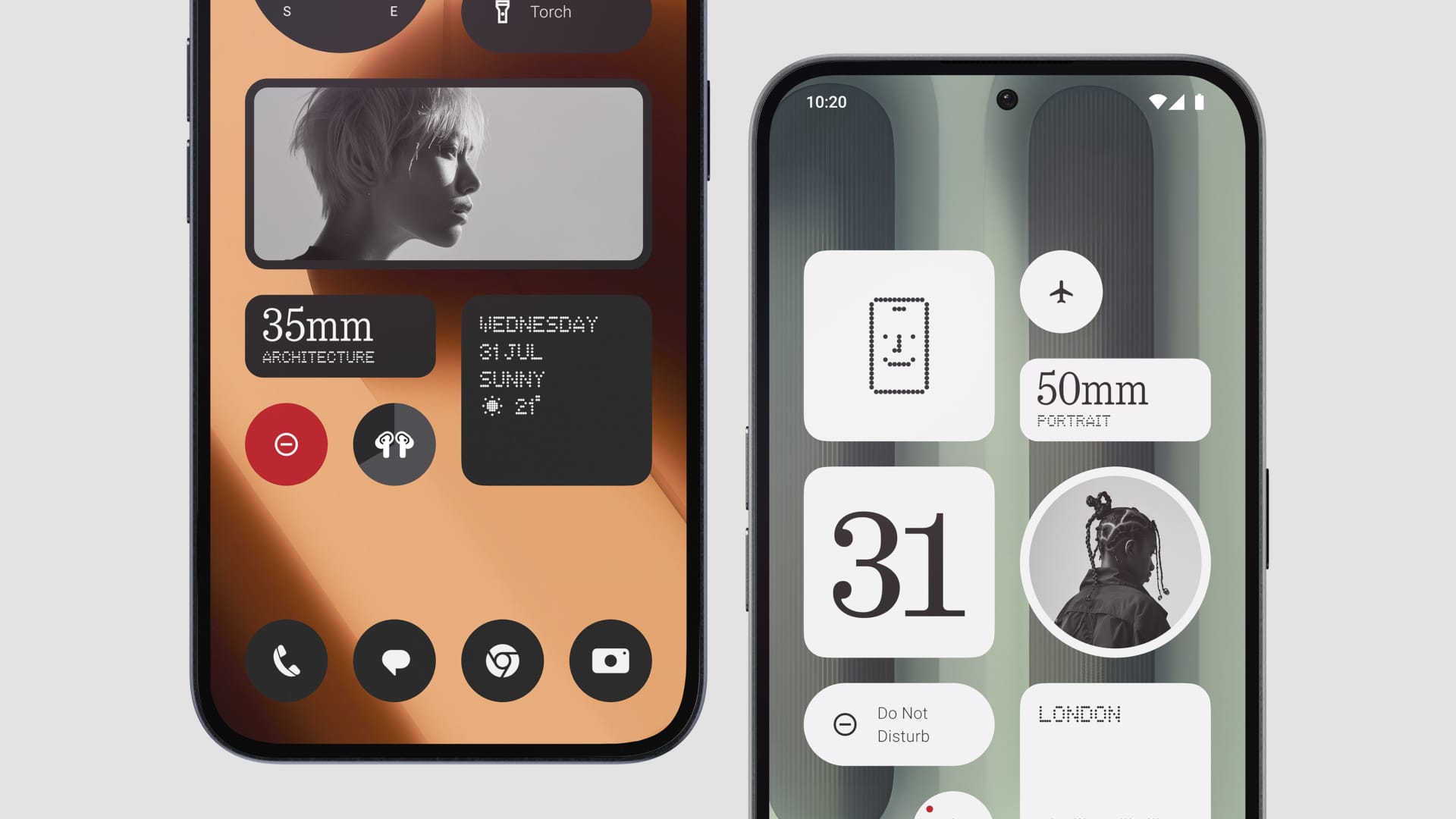
Nothing promises to deliver three years of software updates and four years of security updates. This means the phone should receive OS updates to Android 15, Android 16, and Android 17 and will fully stop receiving updates after August 2028.
The Nothing Phone (2a) Plus costs £399 in the U.K. for the 12GB RAM + 256GB storage model. At 11:00AM BST on Saturday, August 3, there'll be a limited drop at the Nothing Store Soho in London. General availability and pricing for the rest of the world will be announced in September.
The phone will also be sold online in the U.S. through a "Beta Program," which opens up August 7 at 09:00AM ET. It'll cost $399 for the same 12/256 model, though only the Gray colorway will be available.
Compared to the regular Phone (2a), the Phone (2a) Plus costs $50/£50 more for the 12/256 model. Like the Phone (2a), U.S. carrier support will be a bit limited. For example, 5G won't work on AT&T, nor will VoLTE or VoWiFi because the phone has not been certified for the network. It will support LTE bands 4/5/66 on AT&T, at least. As for T-Mobile, 5G band N41 is supported as are LTE bands 4/5/41/66. Although LTE bands 4/5/66 are supported on Verizon, you'll need to call the carrier to add your device's IMEI to their database should you choose to buy one.